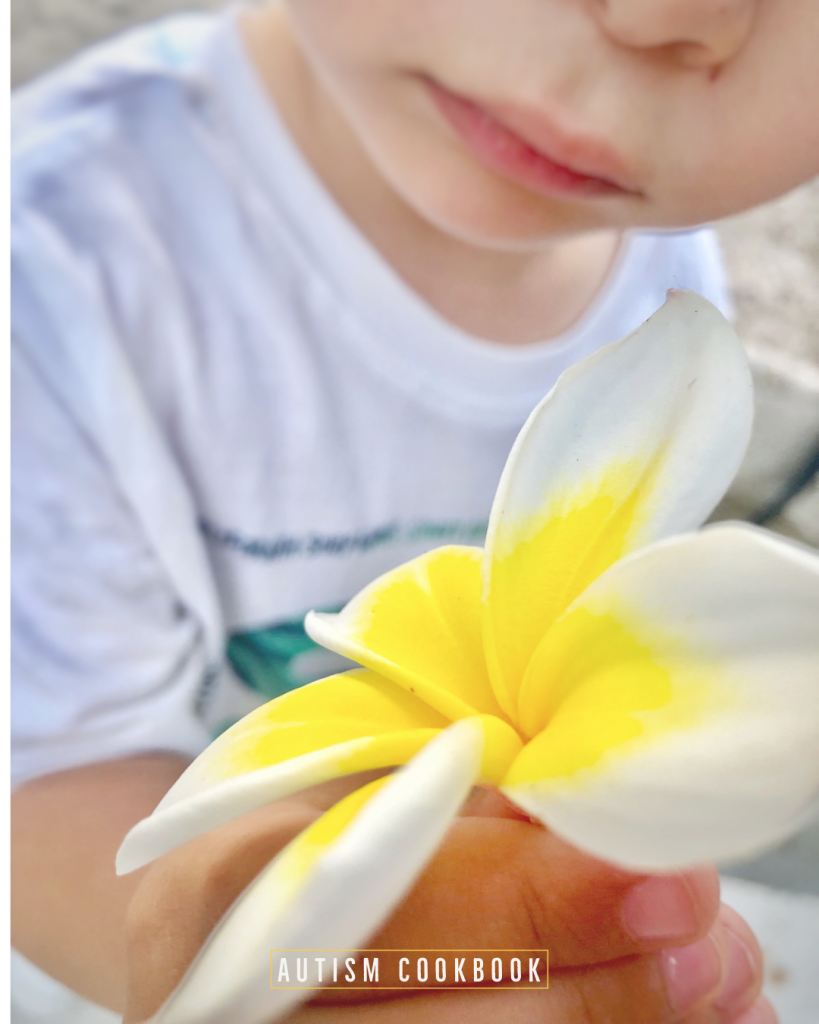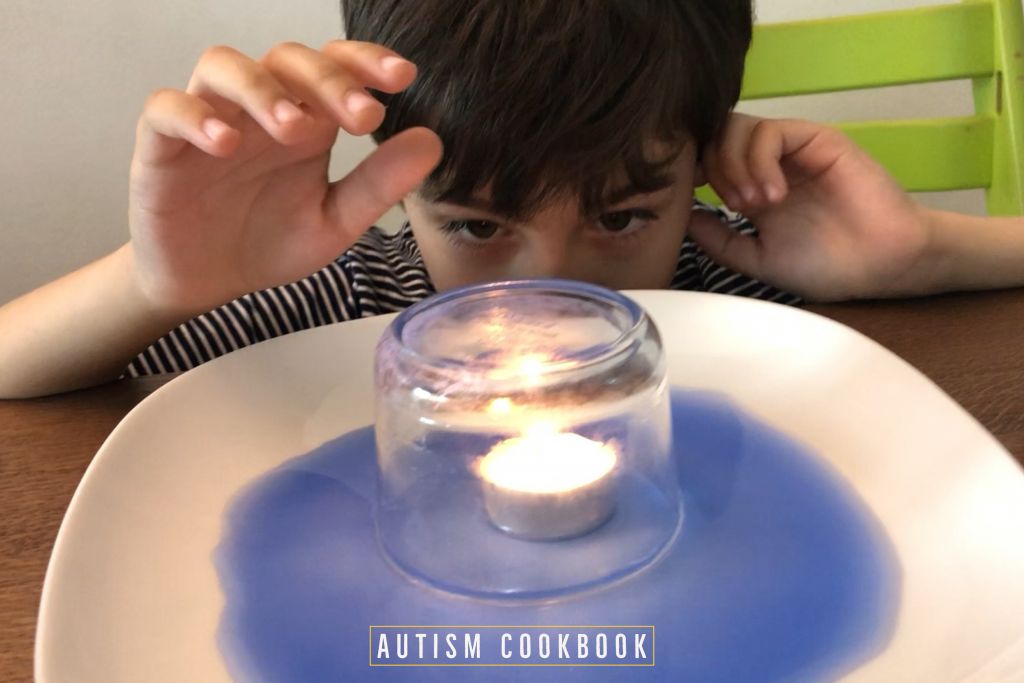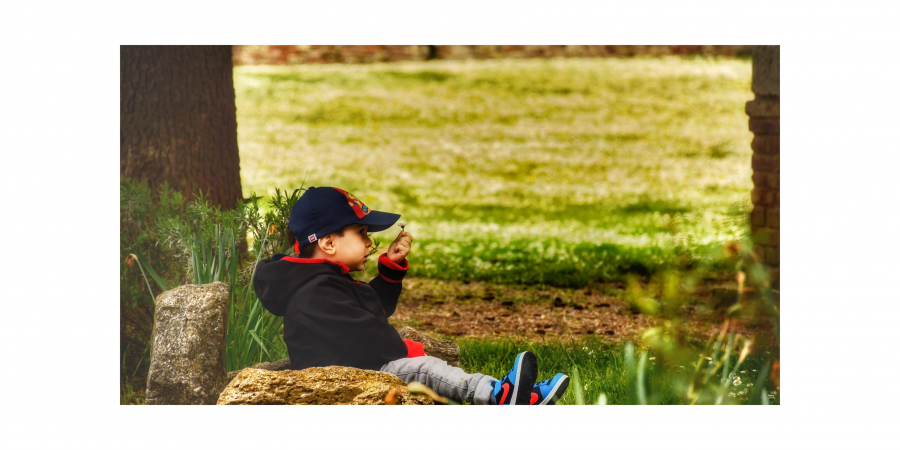Watching educational videos about some curious topics. Playing with bare hands in a muddy paddle for hours. Asking for an audiobook during a long and boring car trip. Listening to the sound of browsing through book pages in a dark room. Repeating difficult words while jumping all around the place. There is no wrong way of applying a personal cognitive learning style. It’s natural. Instinctive. Ergonomic and beneficial for each individual. With and without a disability.
I would like to introduce you to a matter of great importance. Have you ever thought about how we gather information, process all the data and which is the preferred way you approach and manage any learning operation during your lifespan? Well each of us has a preferred one! I will explain this structured matter in a parent-friendly way so you could individualize your teaching method and understand better your child’s favorite cognitive technique in order to maximize the positive outcomes!
Cognitive style is a method of information processing that a person adopts in a natural way, which persists over time and is generalized and applied to various tasks.

It concerns the choice of cognitive strategies used to solve tasks and preferences in using your own skills. It should be emphasized that each of us uses all cognitive styles in different ways and in different percentages, all within preference mechanisms. There are no better or worse cognitive styles, everyone is completely different. The ideal method is the one that facilitates the acquisition of information.
Learning styles represent the preferential ways of learning different people apply – a predisposition to adopt a specific learning strategy, regardless of the specific characteristics of the task. As for the learning strategy, it can be defined as the preferred set of procedures that a particular individual uses during the cognitive process.
The most popular cognitive styles are reflectiveness – impulsiveness, abstractness – concreteness, dependence – independence from the perceptual field.
- reflectiveness – the stage of reflective observation, in which learning is primarily influenced by listening and observation; people with reflective style have slow decision-making time and are accurate; the use of reflective cognitive style provides slower and more accurate answers; carefully considers the answers given and analyzes all available details; related teaching activities include reading scientific journals, class or group discussions, and brainstorming.
- impulsiveness – a stage of specific experiences in which learning is primarily influenced by perceptions and reactions to experiences; people who prefer impulsive style solve complex tasks quickly and automatically; have a short decision-making time and a greater tendency to use instant and less optimal solutions; they usually make decisions based on irrelevant information and do not seem to care about the mistakes they might make; they prefer a pragmatic style, focusing on laboratory activities, fieldwork, simulations, games, observation, visualization.
- abstractness – a stage of abstract conceptualization in which learning is primarily about systematic thinking and analyzing problems; these people attach importance to precision, rigor, and discipline of analysis, to the aesthetic quality of conceptual systems. They prefer to learn through analogies and relationship diagrams.
- concreteness – a stage of active experimentation in which learning is primarily influenced by action, experimentation and observation of results; people who learn in this way prefer simulations, case studies, field projects, laboratory tasks, work to do at home.
- analytical – dependence from the perceptual field – a person with a field-dependent style attaches a large role to the way the context is organized; for those who have a field-dependent style, it is very difficult to recognize hidden elements in ambiguous contexts, while they prefer to thoroughly analyze all data based on the specific situation that is taking place.
- global – independence from the perceptive field – less context impact and better use of data, transforming them into more general mental schemes; they practically manage to notice similarities and differences between different situations, even in seemingly distant contexts, which results in greater flexibility in performing various tasks; field-independent individuals are likely to learn more effectively via self-study and are influenced less by social strengthening.

How to understand which is the child’s preferred learning style? Undoubdfully the better way is to observe the individual and present distinct ways of presenting the information and prompting numerous different interactions with the various resources – Which actions increase interest and which are completely the ones on which we lose the desired concentration and the focus tends to vanish.
There are few simple and basic approaches that every parent is able to apply at home to better understand the best and more importantly the chid’s preferred methods that definitely improve the teaching-learning process. We have to capture the child’s attention and communicate in a clear, simple and not too structured way – see on what your child is more likely to engage with – how and how strong vocal or visual information affects actions and reactions.
Every person is an individual. Each of us learns, searches for data and process them in a different way, always in search for the most effective reuse and rework. What will you probably discover is that kids on the spectrum are more keen to stop and focus on your visual and sensory-related channels with information flow. Personalized instruction is always tailored to be more optimized to meet all student’s needs at most. If a child’s preferred cognitive style is a ‘hands-on’ method of presented knowledge like laboratory experiments and field researches, most likely an efficient cognitive style is definitely not a barren and dressed in a million technical words lecture. That one won’t be his favorite way of learning.
The preferred method of assimilation and processing of information used by the child, as well as his preferred learning style, affects the most effective ways of analyzing information and learning for this particular child, and thus on his / her learning performance.
In terms of schooling and teachers’ competences – it is important to pay attention to those factors, which are often overlooked and constitute difficulties at school that could be improved if instead of a standardized and equal learning method for all, individual differences were identified and personalized learning methods were refined.
It also allows teachers to optimize explanations and transfer knowledge in a way that is understandable to all students in the classroom. Often, people use their own cognitive style to explain or provide information to others: if on the one hand, it simplifies the act of explaining for the explanator, on the other, it can hinder the understanding of the content by those who are the recipients of the information provided.
Hence, applying your own personal cognitive style in the teaching process of your kid doesn’t mean you will be successful!

So, for example, if your child gets it faster and easier how a tornado works, show him an educational video on YouTube. And if she needs to understand why a launched up in the air stone falls down – just search for some suitable kids-friendly experiments. There are numerous educational sites, platforms and apps you could use! Google! Do not limit yourself thinking that a visual approach is a worse-quality one only because of the very widespread debate about screen time etc. Use your devices wisely – there is a Parental Control mode to serve you in case you are not there!
Recognizing dominant styles in your own way of thinking and assimilating knowledge allows you to make the process of obtaining information more useful, more effective and less time-consuming. So enjoyable!
